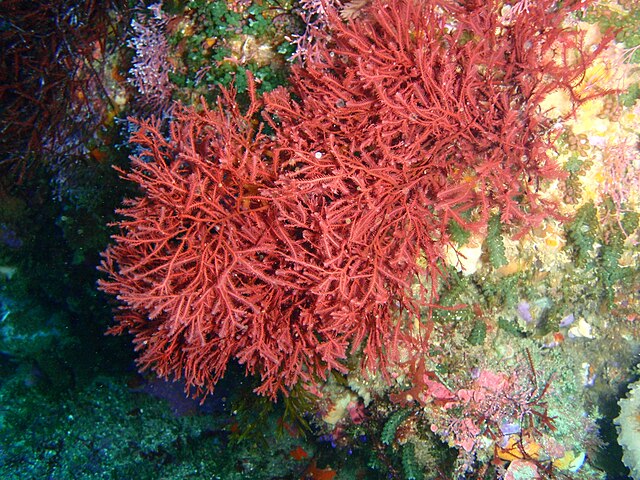
With an estimated historical habitat of this species 95% destroyed already, only leaving a small patch of rainforest with an estimated 800 Tapanuli orangutan, it would seem obvious that this small patch of rainforest should be protected, no matter what. however this opinion is not shared by everyone.
Having said this, thankfully, it is shared by an increasing number of organisations, and at current count, a total of 29 financiers have excluded Jardines and all subsidies from financing (according to the Financial Exclusions Tracker).
What is worse, is that the Martabe mining concession lies in a portion of the orangutan habitat called the Batang Toru forest, which has the largest orangutan population, and not only is this the area that has the highest chance of survival, but without this block of orangutan population, the future of the whole species is put at risk.
While this is a great move, one does wonder why it took 7 years to come to this decision. We have known about the Tapanuli Orangutan since 2017, and how precarious its survival is.
At the current time, there is an effort to expand the mine. While owners of the mine have said initially, this would just mean boreholes which do not disturb to too great a degree, recent studies have shown a correlation between this type of drilling and a reduction in Orangutan density, which proves these former assumptions to be incorrect.
It seems obvious that this area needs protecting, but perhaps for some people the earning potential is too great.
















